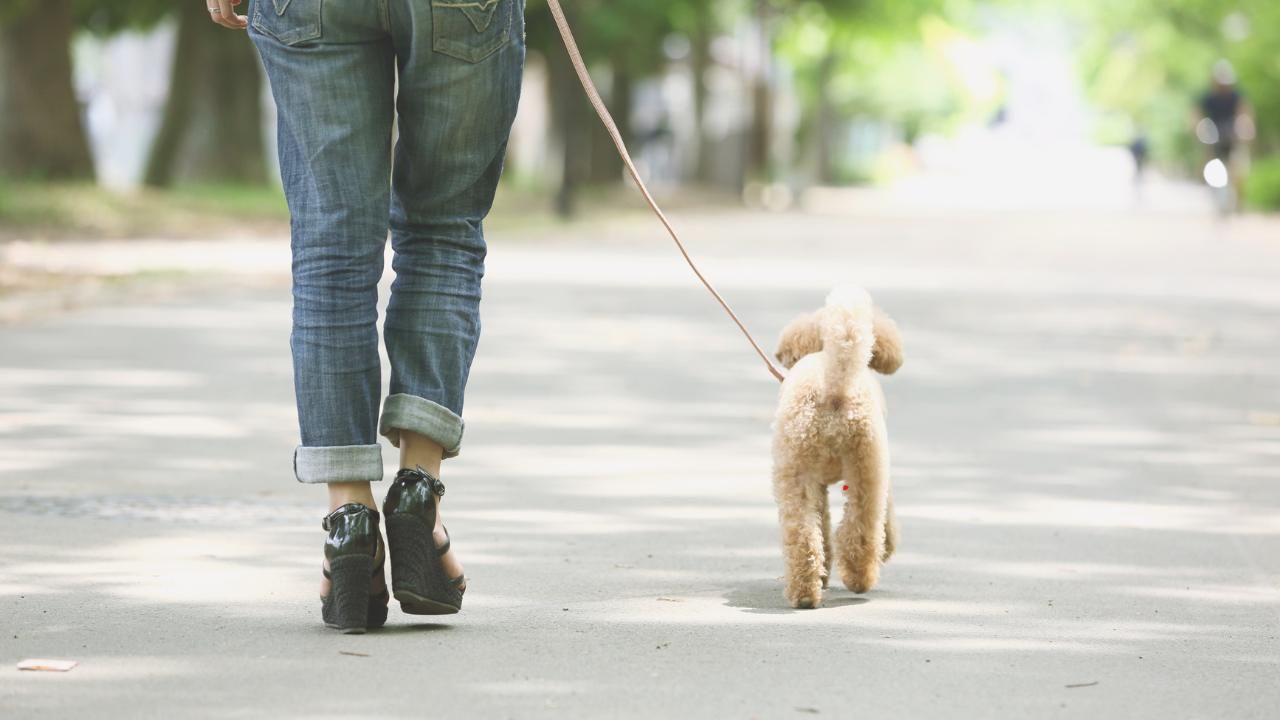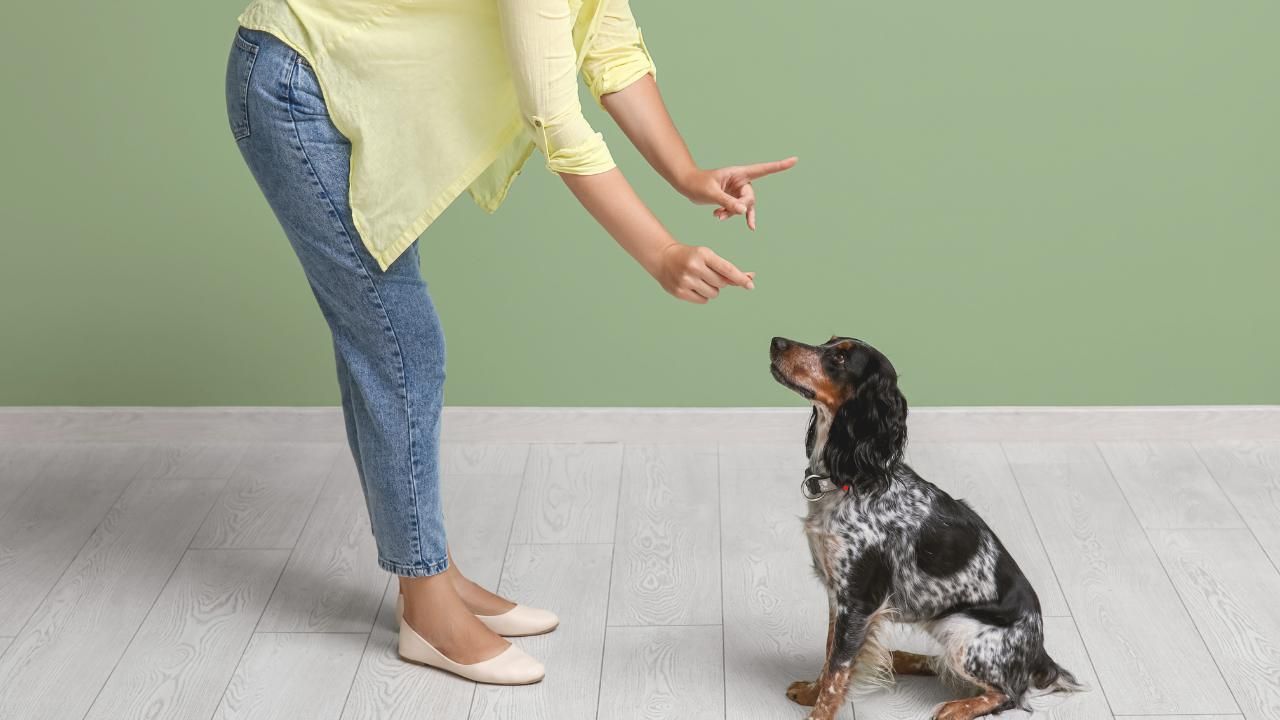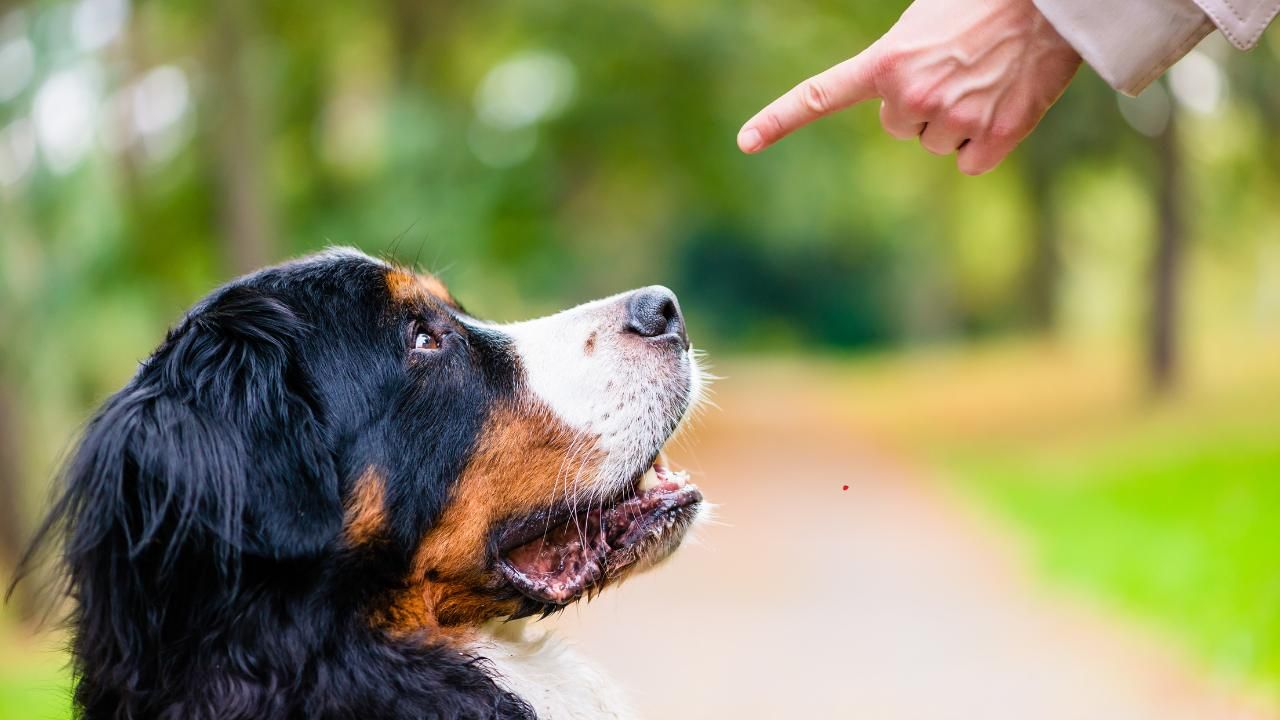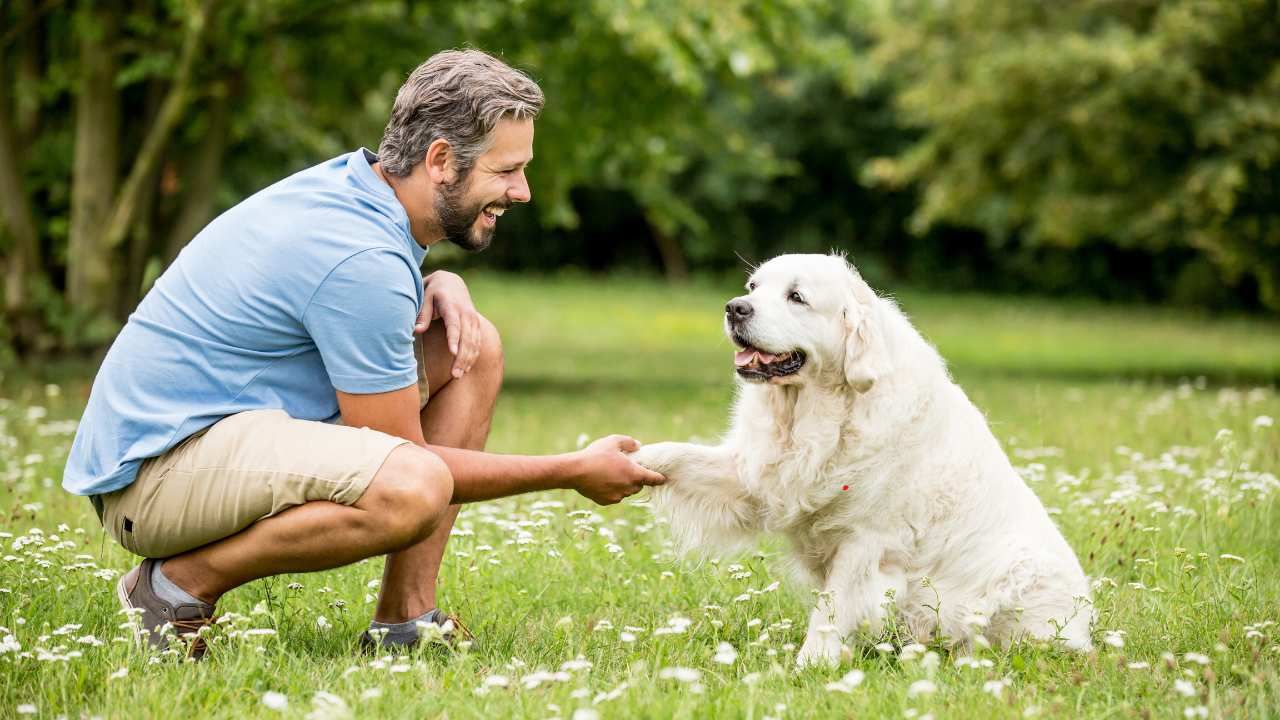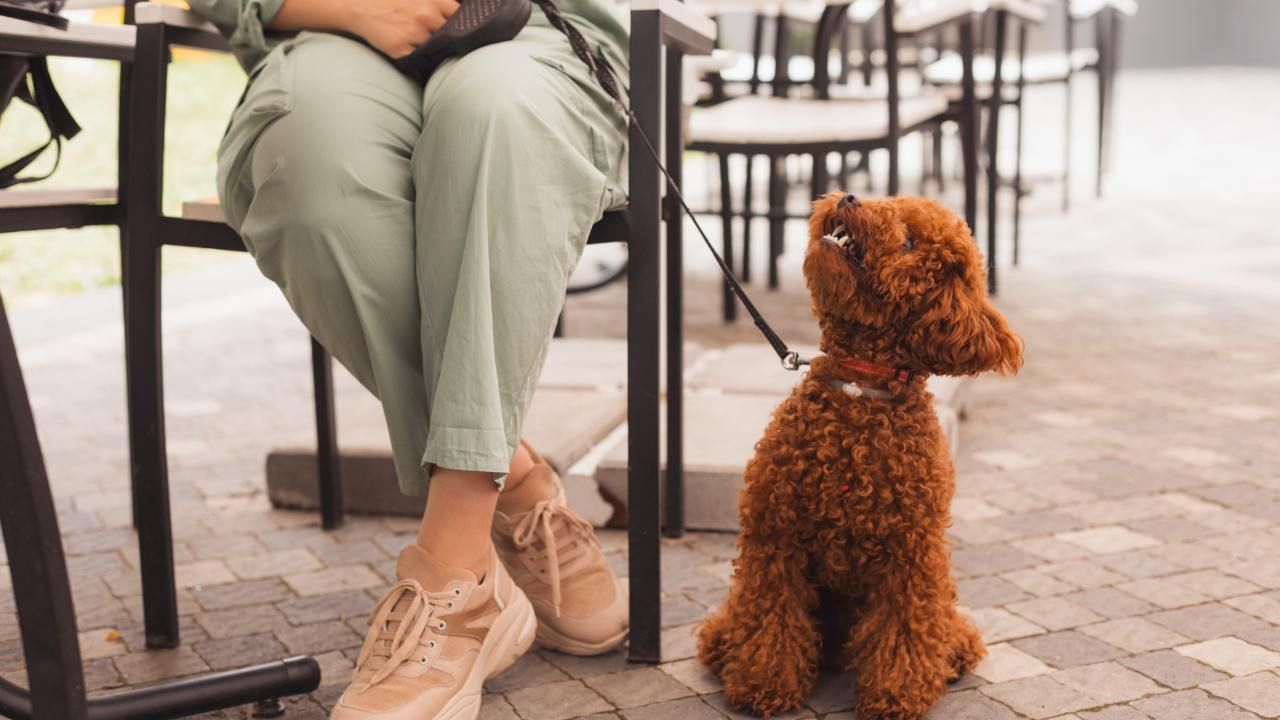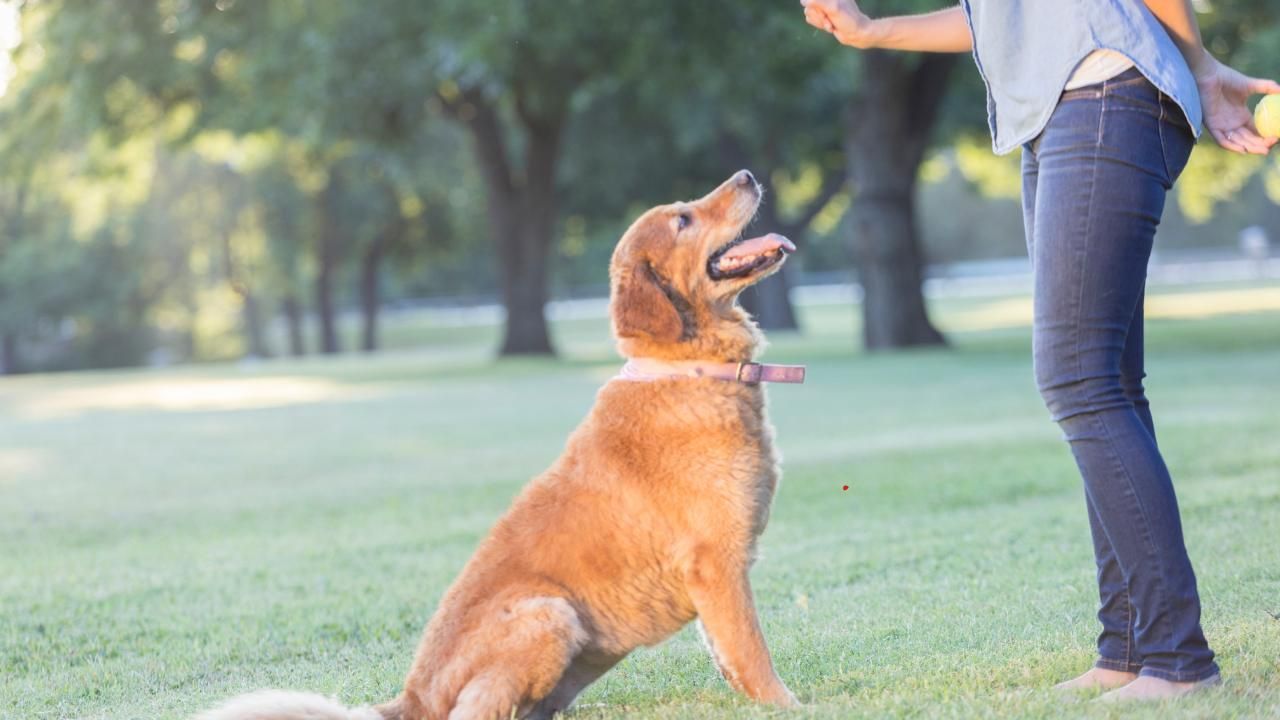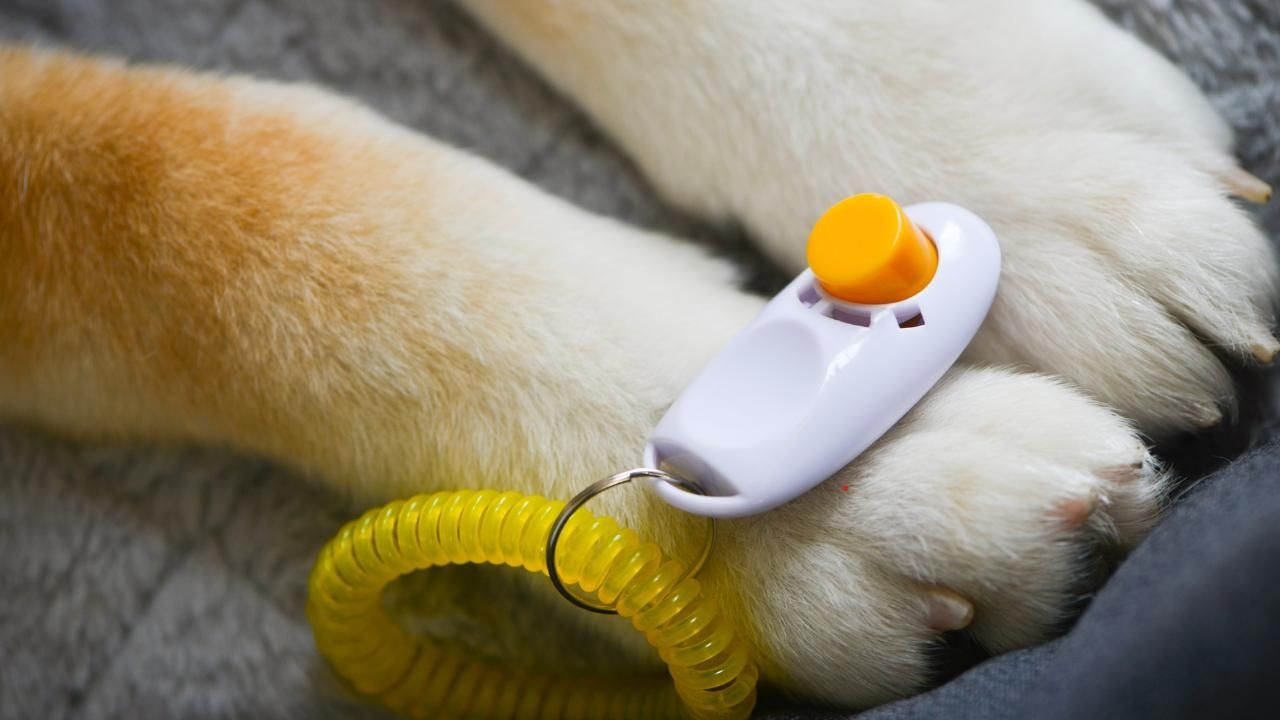Teaching Your Dog to Walk on a Leash—Without the Tug-of-War
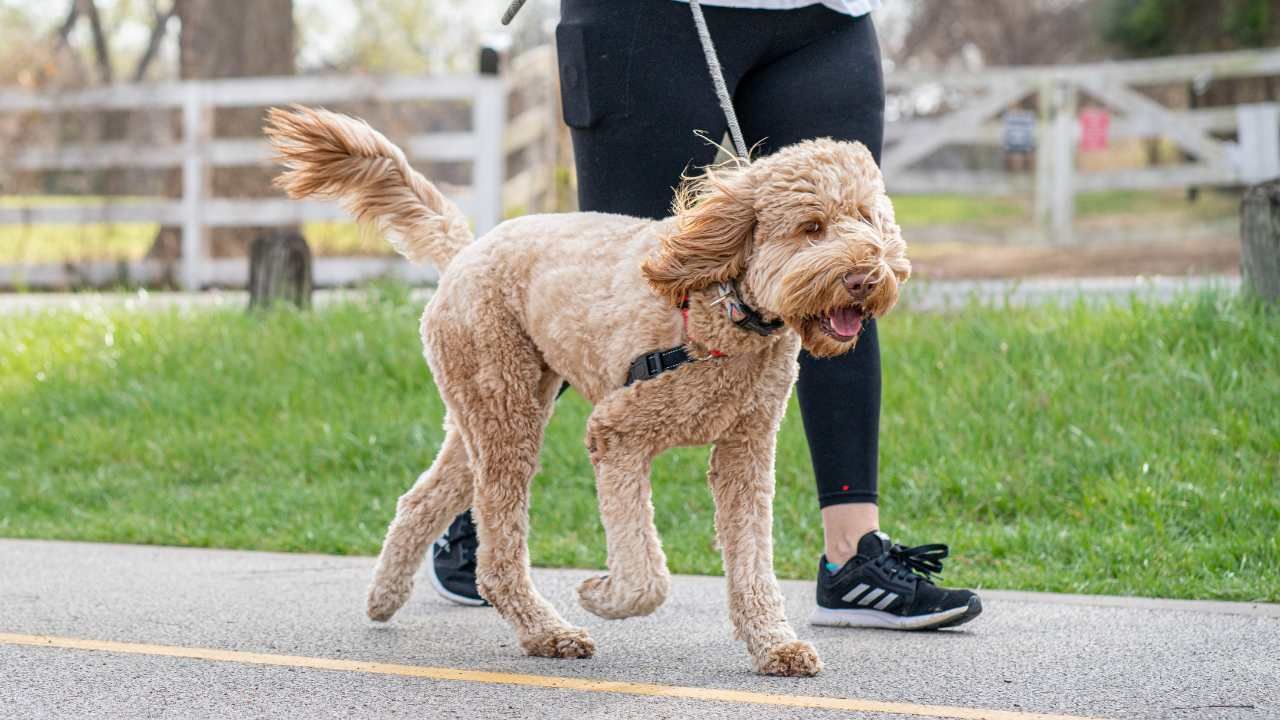
Taking your dog for a walk should be a relaxing experience, not a test of strength. Many owners dream of calm strolls through the neighborhood, but instead find themselves dragged along by a determined pup. While it may feel like a never-ending battle, teaching your dog to walk politely on a leash is absolutely possible—and far more enjoyable once you both master the skill.
For families considering adoption, it’s worth noting that some breeders already offer fully trained dogs for sale in Cottonwood AZ, which can be a great option for those who want to skip the hardest stages of training. Local pet breeders such as Doodling Pups, LLC even provide details about their current litters so families can choose a dog that best fits their lifestyle. Still, for most owners, learning how to train leash manners at home is an important step in bonding with your pup.
Why Dogs Pull on the Leash
Dogs aren’t born knowing how to walk neatly by your side. Pulling happens because:
- They’re excited to explore new smells and sights.
- They naturally walk faster than most humans.
- They may have learned that pulling gets them where they want to go.
Understanding this behavior helps you approach training with patience. Your dog isn’t being stubborn—they’re just following instincts.
The Basics of Leash Training
The first rule of leash training is consistency. Every time your dog pulls, and you follow, they learn that tugging works. Instead:
- Stop walking the moment the leash tightens.
- Wait for your dog to return to your side or loosen the leash.
- Reward them with praise or a treat when they walk without pulling.
This “stop-and-go” method may feel slow at first, but dogs quickly associate good behavior with progress.
Tools That Help
The right gear makes training smoother. Consider:
- Harnesses: A front-clip harness gently redirects pulling dogs without choking them.
- Standard Leashes: Stick to a 4-6 foot leash. Retractable leashes encourage tugging.
- High-Value Treats: Reward your dog with something they love, like small pieces of chicken or cheese.
Training tools aren’t shortcuts, but they provide guidance and safety while your dog learns.
Practice in Low-Distraction Areas
Start indoors or in your backyard before attempting a busy street. Teaching leash manners in a calm environment helps your dog focus on you. As they improve, gradually introduce more distractions—like other dogs, cars, or crowds—so they can practice self-control in real-world scenarios.
A Quick Case Study
One owner in Cottonwood, frustrated with her young doodle’s constant pulling, decided to commit to the stop-and-go method. At first, her short walks took nearly 30 minutes to cover a single block. Within a few weeks, her dog began walking calmly, anticipating the reward of movement and treats. The result? Daily walks turned from chaotic sprints into peaceful bonding time.
Building Trust Through Training
Leash training isn’t just about control—it’s about building trust and communication. Dogs thrive when they know what’s expected of them, and owners enjoy the confidence of having a well-mannered companion. The time you invest in training pays off in smoother walks, safer outings, and a stronger bond with your pet.
Final Thoughts
Teaching your dog to walk politely on a leash may require patience, but it’s one of the most rewarding parts of pet ownership. With consistency, the right tools, and a calm approach, you’ll soon find that tug-of-war replaced by teamwork.
Start small, celebrate progress, and remember—every calm step forward is a step toward a better relationship with your dog.
Ready to start your dog's training journey?
Contact us to learn how we can help.

